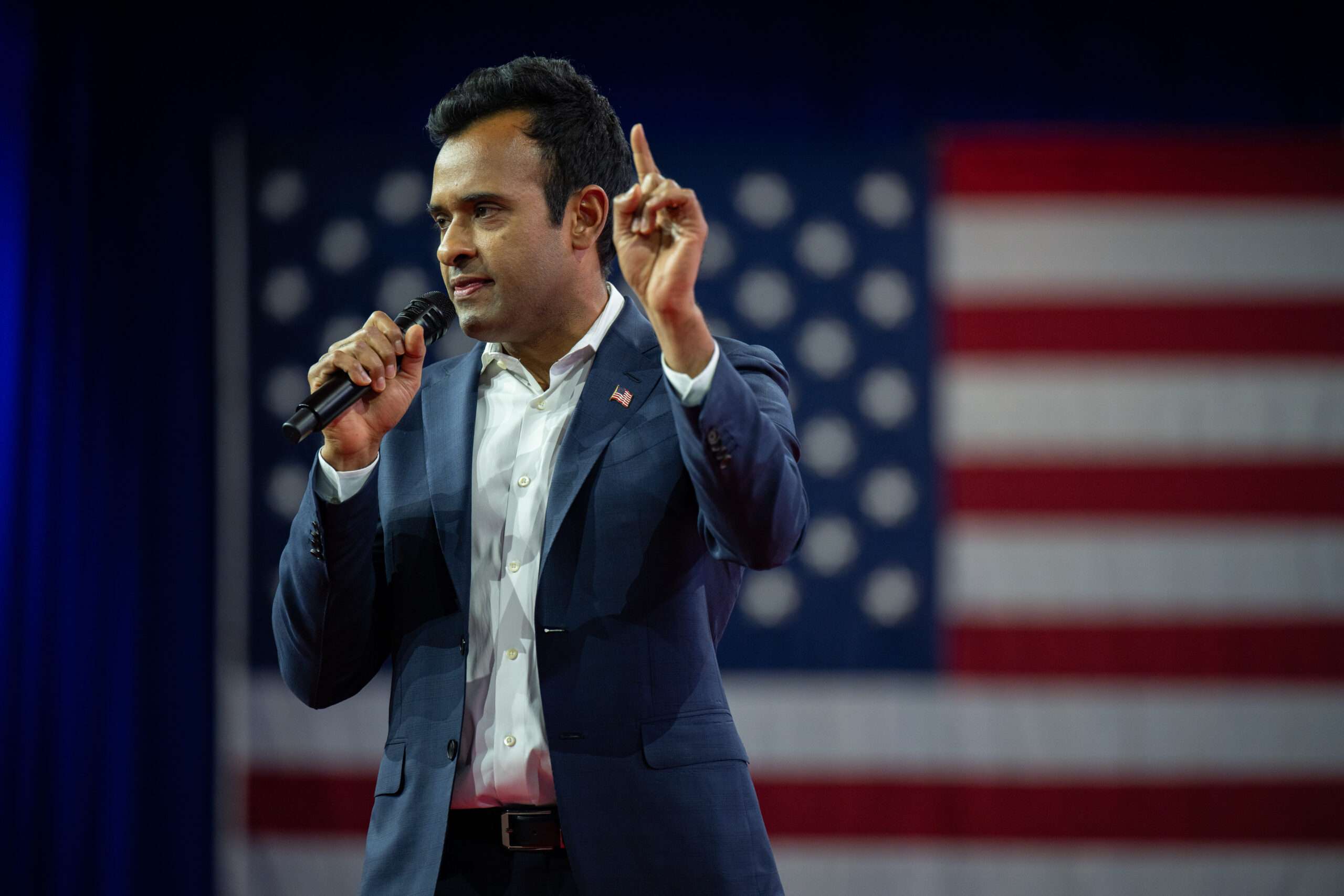In 2016, a Conservative British prime minister set the date for a long-awaited vote in the early summer, followed by a momentous presidential election in the United States a few months later. The same sequence is happening again, with the upcoming elections in both countries.
Experts may look to the results of Britain’s July 4 general election for insights into how the United States might vote on Nov. 5. However, this time around, the political landscape is different. British voters are leaning towards electing the opposition Labour Party by a significant margin, while in the U.S., there is a tight race between Democratic President Joseph R. Biden Jr. and former President Donald J. Trump.
The Conservative Party in Britain has been in power for 14 years, Brexit is no longer a prominent issue, and there is no equivalent to Mr. Trump in the British political scene. These factors, along with the current political climate, set the stage for unique election outcomes in both countries.
Despite the differences, one common theme on both sides of the Atlantic is the challenge faced by incumbents. Prime Minister Rishi Sunak’s decision to call an early election in Britain reflects a recognition that the economic situation may not improve before the fall, leading the Conservatives to strategize for the upcoming vote.
While there is little indication that the American political calendar influenced Sunak’s decision, scheduling the election on July 4 avoids potential overlap with the U.S. election aftermath. The results of the British election could still hold valuable lessons for the U.S., as both countries grapple with similar issues and concerns.
The rise of Reform U.K., a party focused on anti-immigration sentiments, in Britain’s political landscape may indicate a resurgence of populism that could have implications for the U.S. elections. The contrasting performances of the center-left and right-wing parties in Britain could offer insights into broader global trends.
As the election approaches, the differences in policy approaches and public sentiment between the Conservatives and other parties become more pronounced. The outcome of the elections in both countries will shape the political landscape and have implications for future directions.
The election campaigns in Britain and the United States are driven by a sense of frustration with the status quo rather than ideological battles. Both sides of the Atlantic share a common feeling of “enough” as they head into the upcoming elections, signaling a desire for change and a shift in political dynamics.






